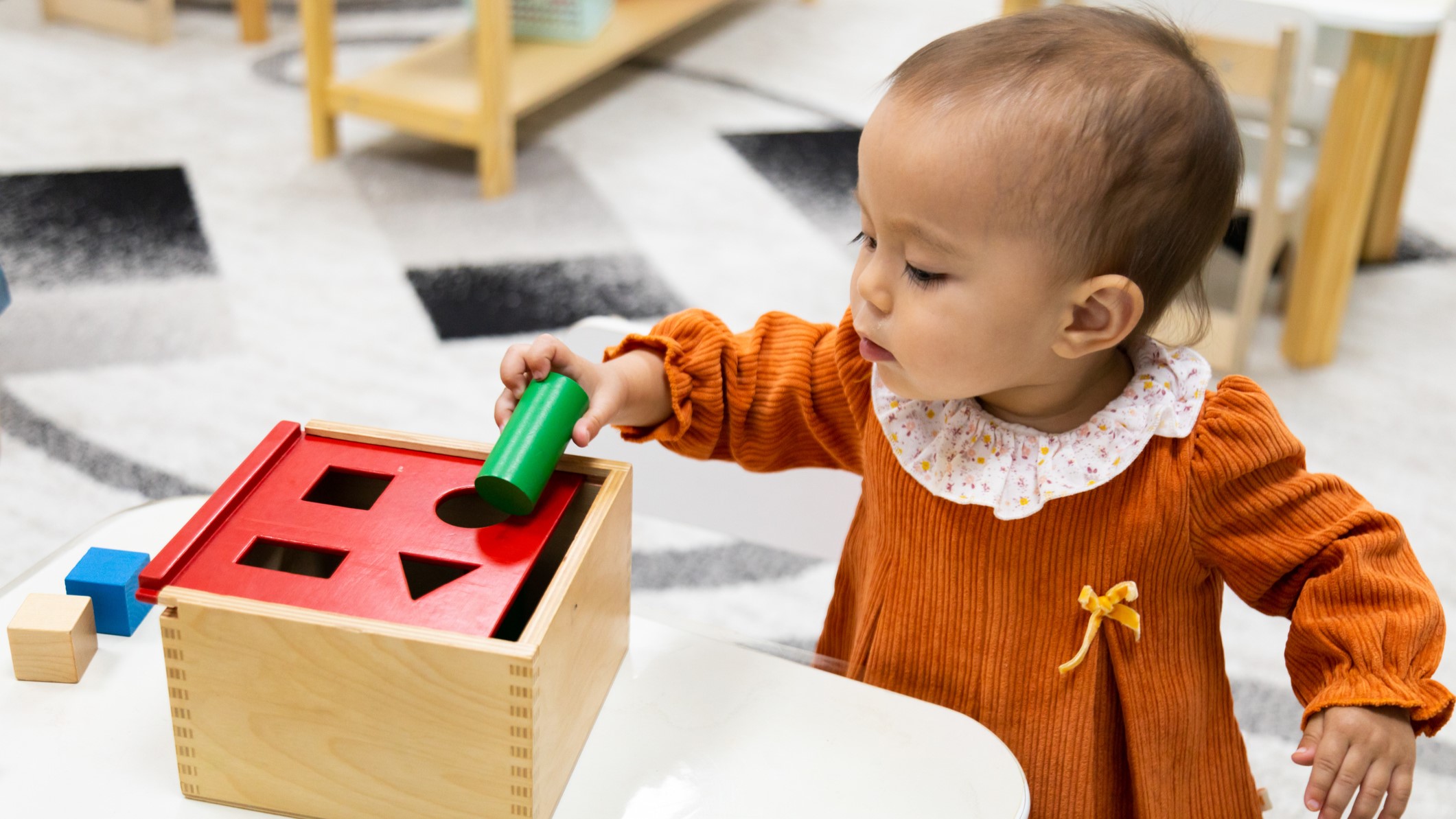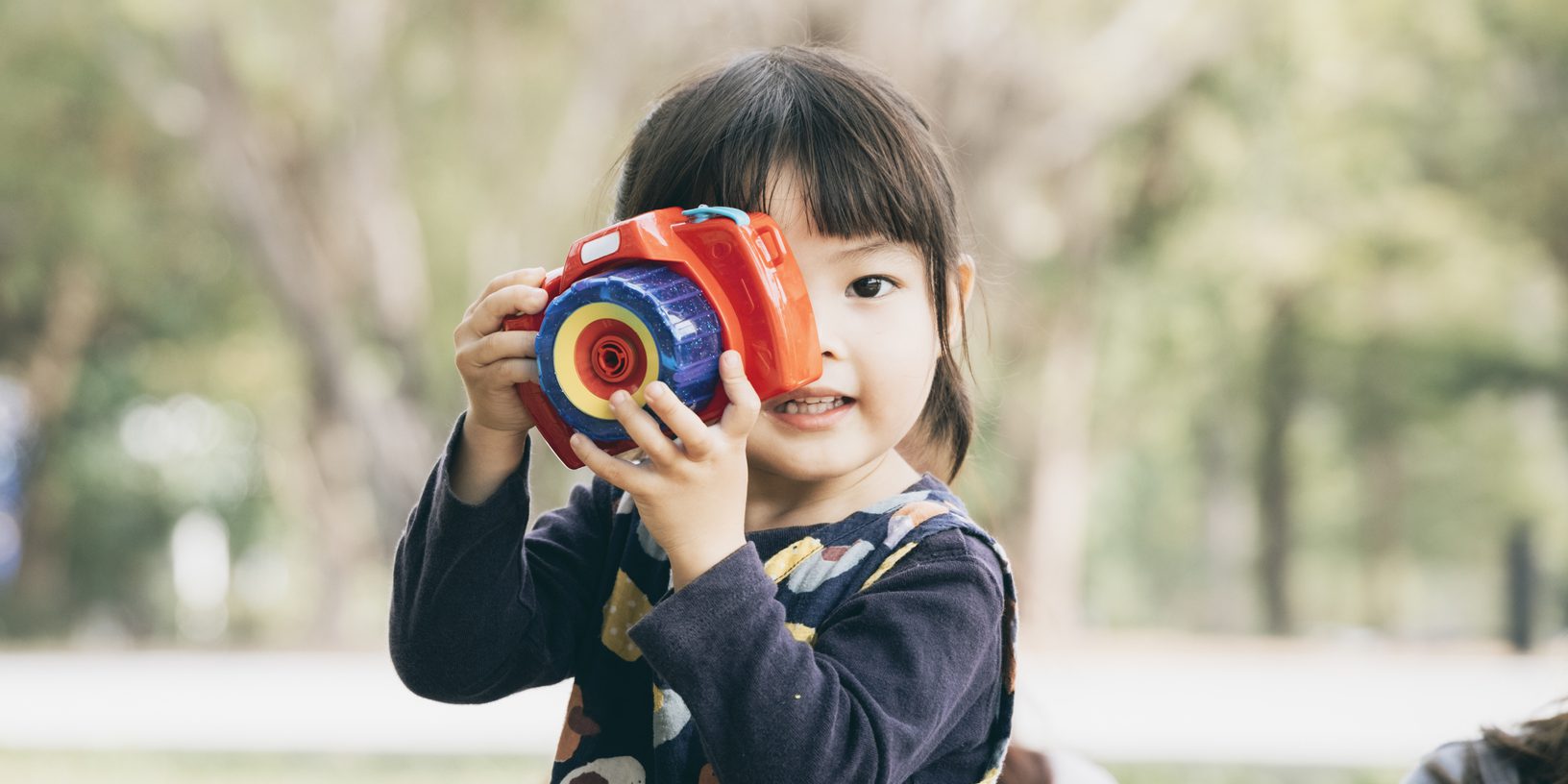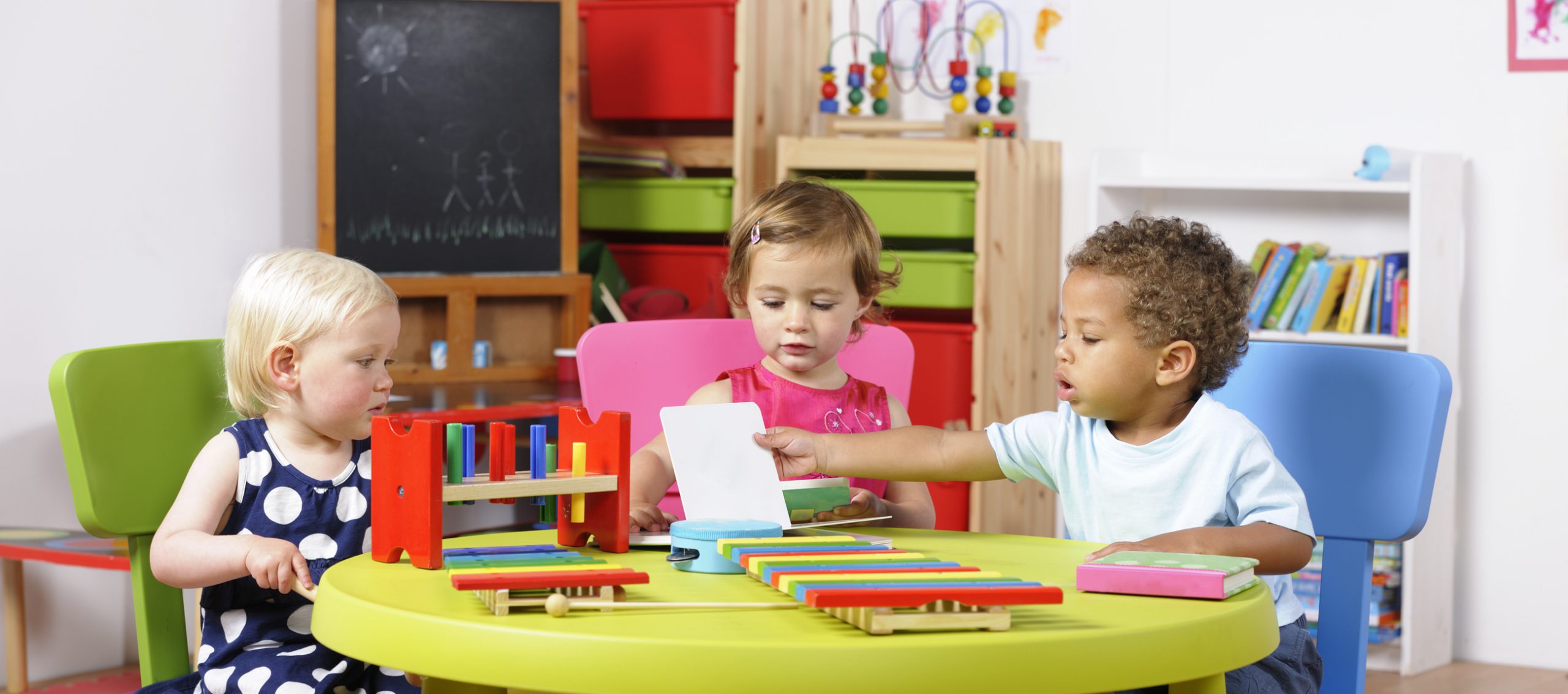This measure refers to indoor environments that provide children with various interest areas for play as developmentally appropriate, allowing them to move easily from one area to another. It should also allow them to choose engaging activities involving art supplies, table games and puzzles, and other developmentally appropriate materials according to specific interest centers. For infants, indoor environments should include various stimulating learning opportunities like soft blocks, rattles, and push-and-pull toys that may change throughout the day.
Category: Category 4: Indoor and Outdoor Learning Environments
Subcategory: Indoor Learning Environment
Examples
In this section you will find videos, images, and/or documents that can be used to better understand this measure. These examples can also be used in conversations between mentors, directors, and/or teachers to discuss how the program's current practices compare to these examples.
Photo Example
Areas for gross motor play are important for infants to develop strong bodies and to practice new movements. This photo shows a classroom setup that includes soft mats that encourage crawling, sitting, and climbing.
Age(s): Infant
Photo Example
This infant classroom has clear play areas with a variety of developmentally appropriate books, toys, and sensory materials. Notice that the materials are organized low to the ground to promote infants’ exploration.
Age(s): Infant
Photo Example
This is a closeup photo of an example of a developmentally appropriate science station for toddlers. Materials include magnifying glasses, sensory tubes, and science-related books.
Age(s): Toddler
Photo Example
Creating interest areas can also include a quiet space for toddlers to practice self-regulation. This example photo shows a space with pillows and stuffed animals for comfort and books and pictures to learn about feelings.
Age(s): Toddler
Photo Example
This toddler classroom has multiple interest areas for independent play. Look closely and see a music station, a cozy reading spot with pillows and books, a sensory table, a drawing area, and low shelves with building materials and other developmentally appropriate toys.
Age(s): Toddler
Practice Opportunities
These resources include tips, strategies, activities, or specific tools related to this measure that programs can put into practice.
Publication
This tip sheet includes ideas for how to divide interest areas and the types of developmentally appropriate toys and materials to include in each one. This sheet also includes tips for keeping areas organized and refreshed with new materials.
Age(s): Infant, Toddler






